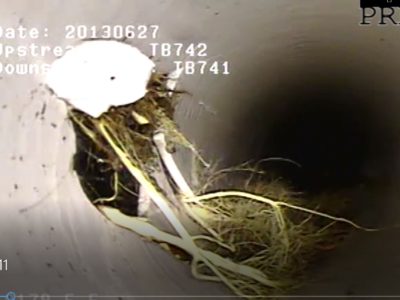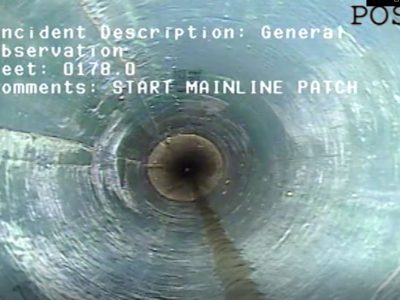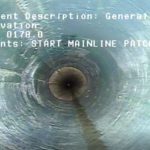BLD’s Cured-In-Place-Pipe Point Repair process provides a structural solution without lining the entire pipe, and reconstructs short lengths of damaged pipelines and conduits by the installation of a resin-impregnated flexible liner. Thus preventing the need to line the entire pipe segment from manhole to manhole. CIPP is inflated in a short length of a damaged pipe to form a hard, impermeable, corrosion resistant pipe-within-a-pipe. The result is structurally sound, long lasting, and an economical alternative to grouting, excavation, or full-length rehabilitation.
CIPP Spot / Point Repair
FAQ - SPOT/POINT REPAIR
When can CIPP point repairs be used?
This structural repair can be used in a variety of gravity applications such as sanitary sewers and storm sewers. CIPP point repairs are most effective in pipes with structural defects due to localized settling, excess loading conditions, offset joint(s), or poor initial construction.
What type of material is used for CIPP point repairs?
A liner, similar to that used in full length main pipe rehabilitation, is used for all repairs. The liners consist of one or more layers of flexible needled felt that is sewn to the prescribed circumference and length, and when installed, it will fit tightly to the internal circumference of the host pipe, thus resulting in a seamless pipe-within-a-pipe.
Do CIPP Point Repairs provide structural integrity?
All of BLD’s CIPP point repairs are designed per the requirements outlined in ASTM F1216. This design criteria, which takes into consideration the condition of the host pipe, will ensure that the finished product will meet the stringent F1216 requirements.
What kind of preparation is necessary prior to installing a CIPP point repair?
The damaged area(s) of the main line is inspected using a remote-controlled camera system. This inspection provides valuable information about the condition and profile of the damaged area(s) of the main line pipe. It is necessary to thoroughly clean the pipe prior to the rehabilitation process. We typically use high-pressure water to free areas of roots, mineral deposits, grease, sand and sludge. After cleaning, and before installation, another inspection ensures that the damaged area(s) is prepared for rehabilitation.




